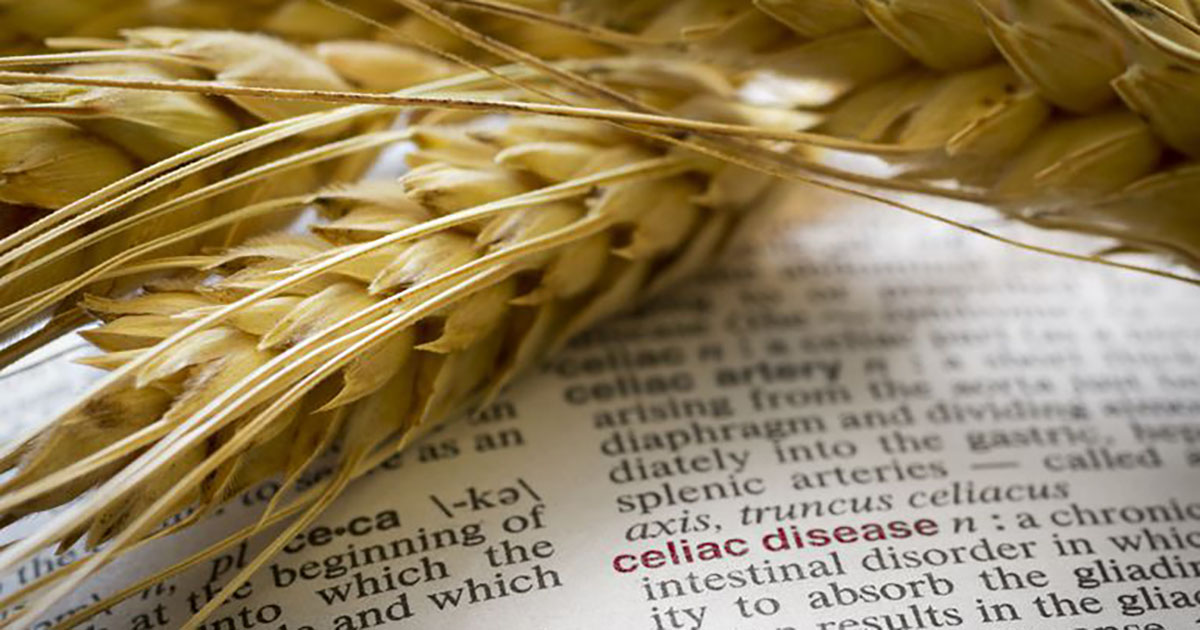Guide To Understanding Celiac Disease
Individuals who have heard about celiac disease before, if they do not suffer from it, often only know it is somehow related to the patient being unable to eat food containing gluten, such as pasta and bread. Some often even believe it is simply a matter similar to lactose intolerance, where it is still possible to consume these foods with only temporary discomfort, but this is not the case. Start reading to understand everything about celiac disease from precisely what it is to how doctors and dietitians go about treating it.
What Is Celiac Disease?

Celiac disease is a common medical condition in which the absorptive surface of the patient’s small intestine becomes damaged due to the body’s inability to process gluten properly. Gluten is a mix of two proteins and is present in wheat, barley, rye, and other grains. Thus, popular foods with gluten are bread, pasta, muffins, cookies, pizza, and many brands of cereal.
The damage from gluten often prevents the patient’s body from absorbing other nutrients, such as protein, carbohydrates, as well as some vitamins and minerals, all of which are essential to maintaining good health. Unfortunately, when not caught, celiac disease is quite detrimental to a patient’s health. Unlike lactose intolerance, it is not possible for patients to consume products with gluten and only suffer from temporary indigestion.
Symptoms Of Celiac Disease

Those with celiac disease can exhibit a range of symptoms depending on various factors including genetics as well as the severity of their specific condition. The typical symptoms of celiac disease include abdominal pain, weight loss, fatigue, irritability, chronic diarrhea, and bloating. However, more patients are also beginning to exhibit symptoms such as anemia, constipation, infertility, osteoporosis, oral ulcers, reduced spleen function, vomiting, and liver enzyme abnormalities. Children with celiac disease may also be short in stature, have a swollen belly, and puberty may also be delayed. Other symptoms are heartburn, acid reflux, and even itchy, blistery skin rashes. The latter is commonly referred to as dermatitis herpetiformis or celiac disease of the skin.
Causes And Risk Factors

Though it is clear celiac disease is the body’s inability to process gluten properly resulting in intestinal damage, the exact cause of this is unclear. Research indicates it is an interaction between the gluten, genes, and other environmental factors. Some factors include the way infants are fed, gut bacteria, and gastrointestinal infections. It seems as if celiac disease is always present, however, it may be dormant initially and can become active for the first time following surgery, pregnancy or childbirth, severe stress, or a significant viral infection. It is important to note that while some gene variations do increase an individual’s risk of developing celiac disease, these genes do not guarantee it, which means there are other elements involved.
Though celiac disease is most common among Caucasians, anyone regardless of ethnicity can develop celiac disease. That said, certain medical conditions do increase a patient’s risk. These medical conditions include Addison’s disease, Type 1 diabetes, rheumatoid arthritis, Turner syndrome, autoimmune thyroid disease, and Down syndrome. Thus, celiac disease screening is particularly important for these individuals.
Treatment Options

At the beginning of treatment for celiac disease, doctors may prescribe specific medication to help repair the intestinal damage. However, the only way to treat this condition, considering there is no cure at present, is for patients to follow a strict gluten-free diet. This means patients must educate themselves on what foods contain gluten and which do not. Often, doctors will refer patients to registered dietitians who can work with patients to develop a clear gluten-free diet and offer additional nutritional advice. Once patients start a gluten-free diet, they can begin to feel better in just a few days or weeks, though the damage to the intestines may not be completely healed for a few months or years. Healing, as many expect, occurs faster in children than it does in adults.
Although sometimes trace amounts of gluten will not produce symptoms, any gluten at all can still be damaging. Unfortunately, there can be hidden gluten in many foods, medications, and other products. Thus, patients with celiac disease should avoid certain lipsticks, kinds of toothpaste, mouthwashes, vitamin supplements, and medication. Concerning medications, it is essential for patients with celiac disease to always disclose their diagnosis to medical professionals prescribing medication. Vitamin supplements, such as calcium, iron, folate, B12, D, and zinc, are often necessary at the beginning of treating this condition, but it is essential to always follow a dietitian’s advice for specific brands of supplements for individuals to be sure they are not accidentally consuming gluten.
Complications Associated With Celiac Disease

If left untreated, celiac disease can result in many different and severe complications. Perhaps the most common is malnutrition, as the damage gluten causes to the small intestine makes it next to impossible for the body to absorb enough nutrients. Malnutrition often means weight loss, anemia, and slow growth in children. Women with untreated or poorly treated celiac disease are at an increased risk of miscarriage, and both men and women can face issues with infertility. The damage from celiac disease can also result in the development of lactose intolerance, which, though it can disappear if treatment is started, can also be permanent.
Other serious complications of untreated celiac disease include neurological problems and cancer. Specifically, a patient with celiac disease who fails to follow a gluten-free diet is at an increased risk of developing certain cancers, such as small bowel cancer and intestinal lymphoma. Neurological problems patients may experience include seizures and peripheral neuropathy.
